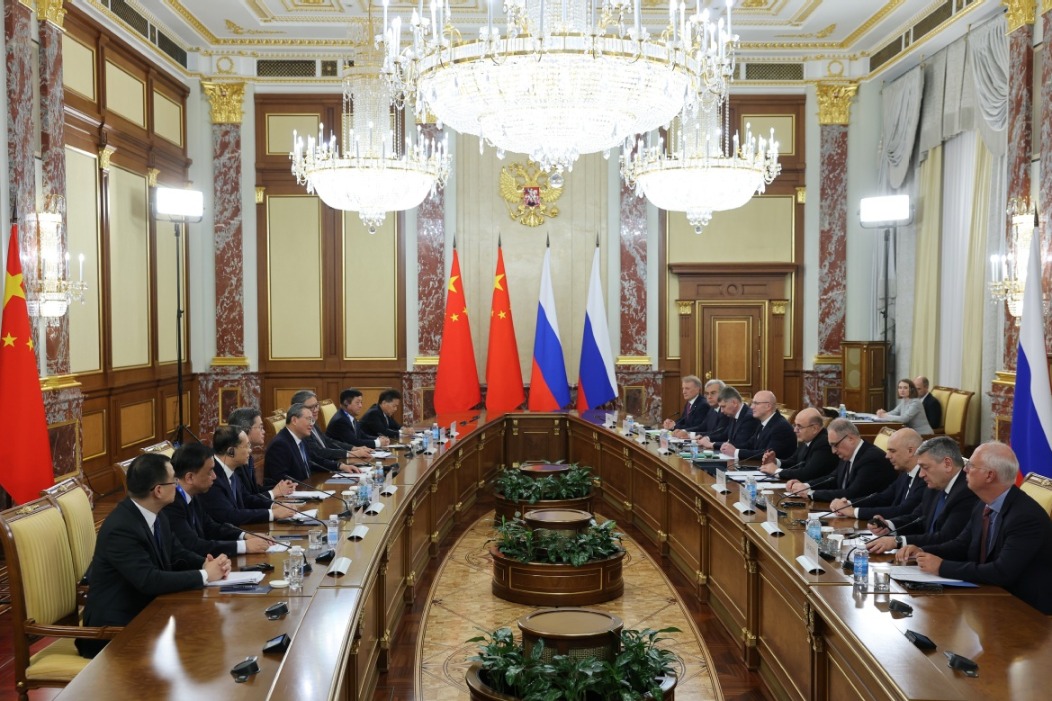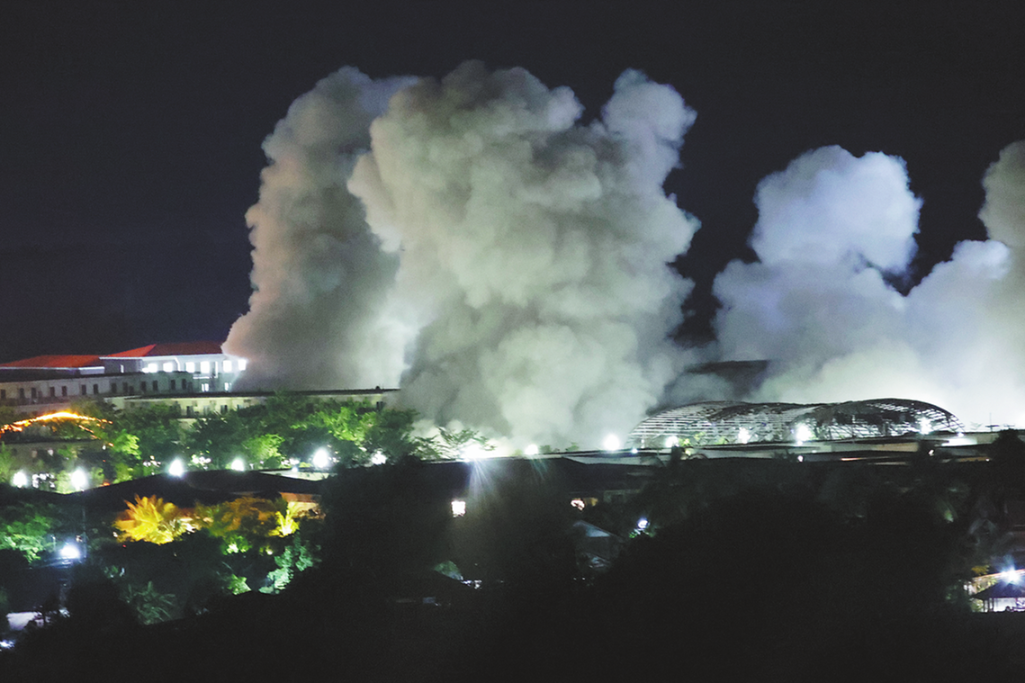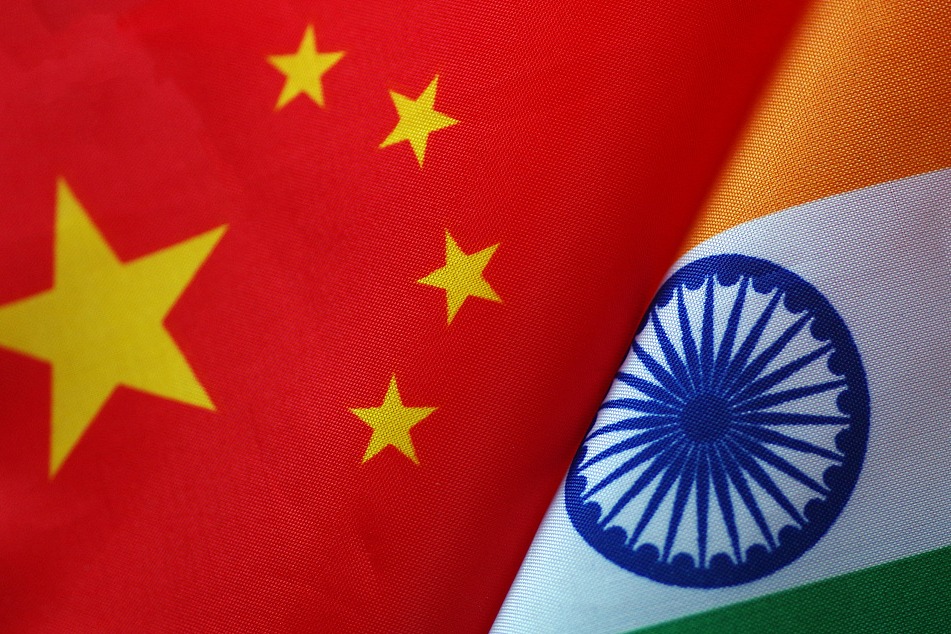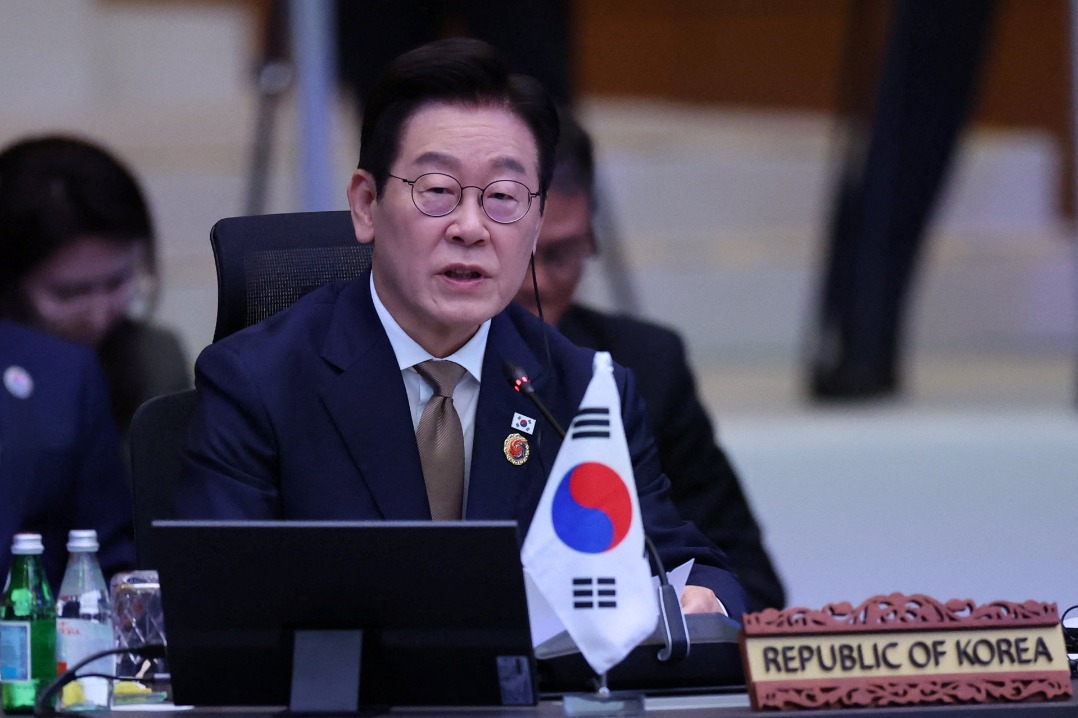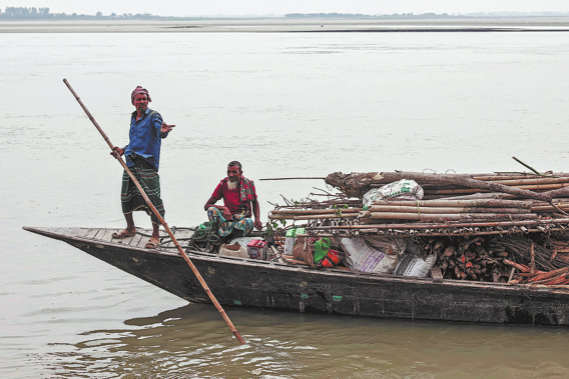New 'pink tide' on rise in Latin America


With a narrow election victory over incumbent President Jair Bolsonaro in October, Brazil's veteran left-winger Luiz Inacio Lula da Silva appears to have cemented a left-wing political conquest of Latin America. He will be sworn in on Jan 1.
From Mexico to Chile, the continent's constantly seesawing political map once again resembles that of the early 2000s, experts said, when an initial "pink tide" of left-leaning governments washed over the region.
But things are different this time, analysts say, as the new regional trend is driven by pragmatism rather than ideology. Many angry voters, hurt by the economic impact of the pandemic and rampant inflation fanned by the conflict in Ukraine, have ditched mainstream parties and been lured by promises of bigger government and social spending, they said.
Zhou Zhiwei, senior research fellow of the Institute of Latin American Studies of the Chinese Academy of Social Sciences, said the emergence of this new trend reflects the inefficiency of regional governments.
For Latin America, the second decade of the 21st century is seen as another lost decade, especially as the regional average annual GDP growth in 2014-19 was only 0.4 percent. It was even lower than that of the previous lost decade, the 1980s, with average annual GDP growth of 0.5 percent.
"This governance dilemma led directly to an end of the original pink tide," Zhou said. "Then came the global financial crisis in 2008 that ravaged export-dependent Latin America, and triggered a reactive shift, en masse, to the political right. But right-wing governments later have also done poorly, and Latin America has been further marginalized from the global economy."
In 2019 the region's poverty rate rose to 30.8 percent and its extreme poverty rate to 11.5 percent. Because of continued economic mismanagement and the poor handling of people's livelihoods, social tensions have continued to simmer.
In the most recent election cycles in Latin American countries, incumbent parties of the right and center-right have been dispatched from power. In December 2018 Mexico elected its first leftist president, Andres Manuel Lopez Obrador, a harbinger of that shift.
In 2019, the Peronist Alberto Fernandez became president of Argentina. Thus, Argentina, Latin America's third-largest economy, which faced inflation and credit default fears, also shifted to the left. The trend continued with the election victories of Luis Arce in Bolivia, Gabriel Boric in Chile and Gustavo Petro in Colombia. Since Lula won the Brazilian top job in October it has become a cakewalk for left-wing governments in the region.
The newly elected leaders have promised to transform their countries' economic models by raising taxes on the rich to fund social programs for the poor and by also supporting sustainable energy resources.
Economic troubles
Michael Shifter, an analyst with the Inter-American Dialogue, said many voters were jolted leftward by economic troubles and the devastating effects of the pandemic. Voters felt ignored, even denigrated, by the political establishment as poverty and inequality deepened.
"It is more of a rejectionism trend than anything else … people looking for an alternative," Agence France-Presse quoted Shifter saying of the recent string of left-wing victories.
"It just so happens that we are in that moment in Latin America where a lot of the governments that are being rejected are of the right or the center-right."
The poor handling of COVID-19, experts said, was the main reason for the collapse of conservative ideology. It is also the main challenge for left-wing governments and the key factor in determining how long the new pink tide will last.
Political analysts say that while the new leaders have sufficient backing to govern, they do not appear to have the majorities required to be able to impose sweeping reforms.
Mariano Machado, principal Latin America analyst at the political risk firm Verisk Maplecroft, told CNBC: "The dominant trend bringing this pink tide 2.0 into office is not ideology but anti-incumbency — a natural outcome of a decade of economic stagnation turbocharged by the pandemic."
Moreover, the new rulers face a complicated external environment, especially when the United States is strengthening "value-oriented diplomacy" in Latin America.
Bu Shaohua, deputy director of the Department for Latin American and Caribbean Studies at the China Institute of International Studies, said strengthening the shaping of the political environment in Latin America is a priority of the US' diplomatic agenda.
The US will try to create internal polarization and antagonism among Latin American governments, he said.
It may also stoke trouble in Latin America and interfere in countries' internal affairs by manipulating the media, cultivating opposition in parliaments and pushing for corruption investigations against politicians.

















